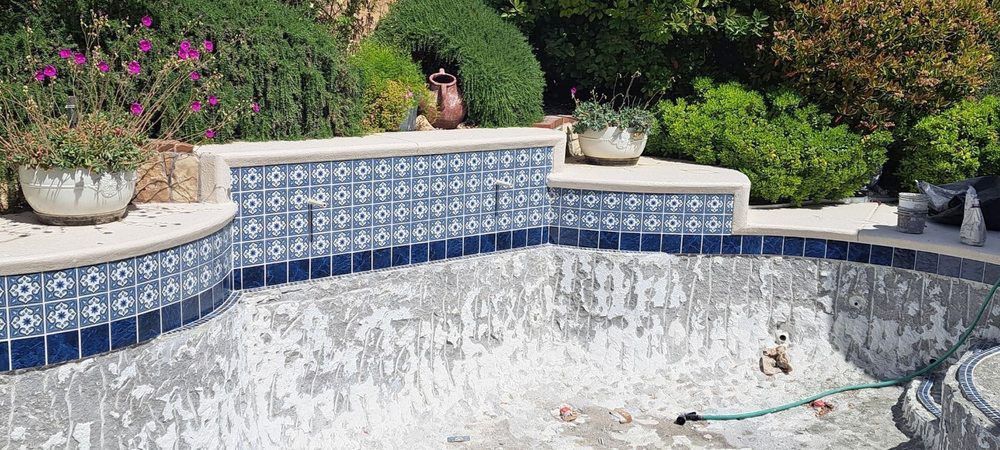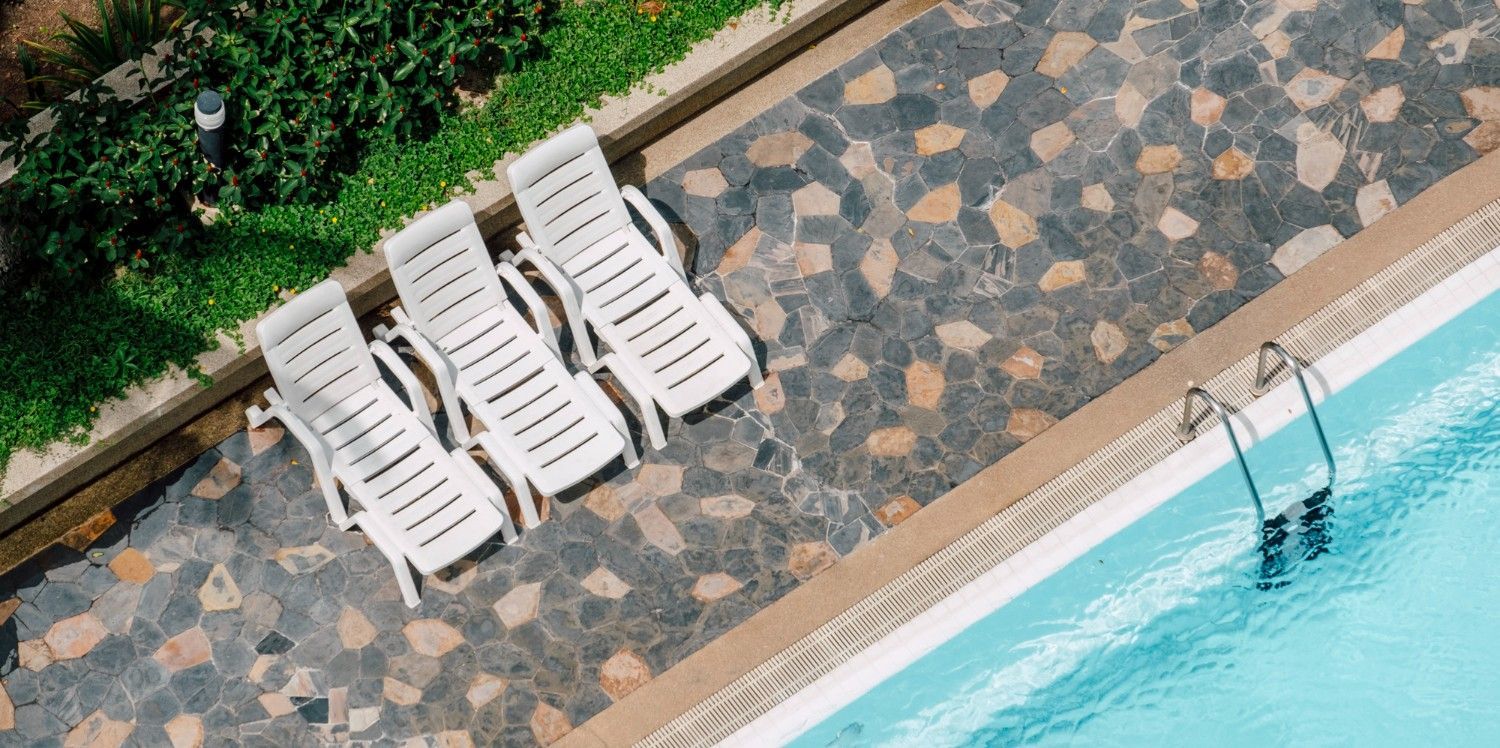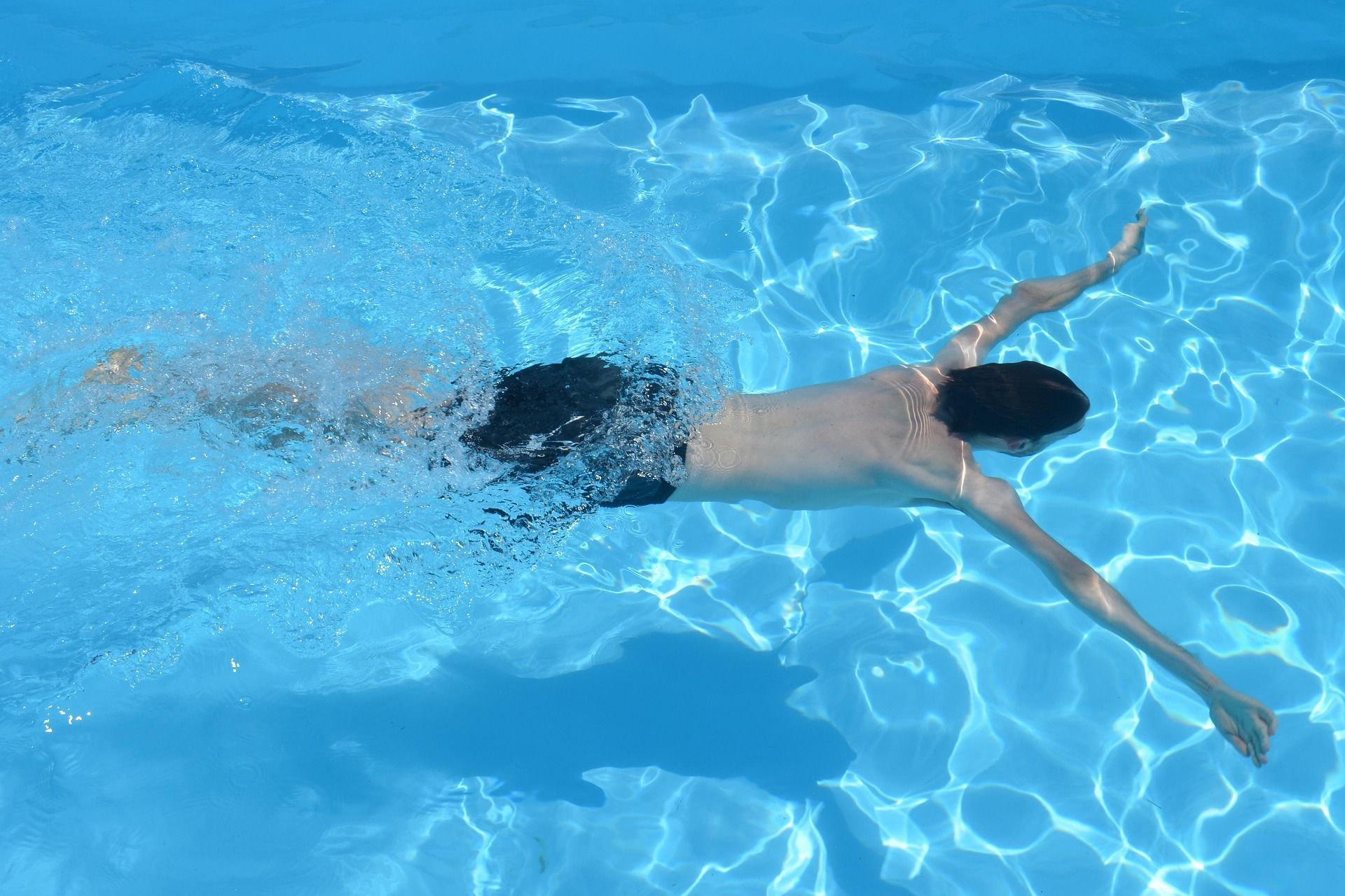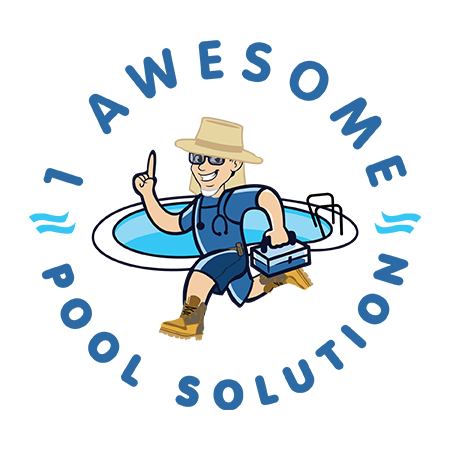April 22, 2025
A swimming pool can elevate your home's appeal, offering endless relaxation, recreation, and a slice of paradise right in your backyard. But the promise of shimmering waters, sleek tiles, and modern features also raises significant questions about home value and the implications of pool remodeling. If you're considering a pool remodel or addition, here’s everything you need to know before diving in. The Value of Pools in Real Estate Pools do more than just add aesthetic value to a property; they can also influence marketability and price. According to various studies, homes with pools can sell for more than comparable homes without them. Still, the return on investment (ROI) depends on several factors: 1. Location : In warmer climates, pools can be a significant draw for potential buyers. Conversely, in cooler regions, buyers may view a pool as less desirable, which can limit the return on investment. 2. Market Conditions : The real estate market can be fickle. During a seller's market, buyers may be more willing to pay a premium for homes with pools. However, in a buyer's market, features like a pool might not contribute significantly to home value. 3. Quality of Construction : A well-designed, high-quality pool can enhance property value, while a poorly maintained or outdated pool can detract from it. 4. Type of Pool : In-ground pools typically have a more favorable impact on home value than above-ground pools. Additionally, features such as heating systems, energy efficiency, or saltwater systems can make a pool more attractive to buyers. 5. Community Factors : In some neighborhoods, pools may be standard, diminishing their appeal. Understanding your neighborhood's demographics and buyer preferences is crucial. Assessing Your Current Pool Before embarking on any remodeling project, assess your existing pool. Evaluate its condition, style, and functionality. Key factors to consider include: 1. Aesthetic Appeal: An outdated pool can detract from the overall look of your property. Modernization might bring benefits not just in looks, but in functionality. 2. Safety Features : If your pool lacks current safety features, such as non-slip surfaces, fencing, or pool covers, you might want to prioritize those in your remodel, creating a safer environment for both your family and potential buyers. 3. Maintenance : Older pools often require more upkeep, which may deter buyers. Renovating your pool using low-maintenance materials and technologies can enhance its desirability. Designing Your Pool Remodeling Project Once you've assessed your current pool, it's time to start planning the remodel. Here are some aspects to consider: Budget Set a clear budget that encompasses all elements of your remodel—from construction to landscaping. Ensure you’ve factored in permits, professional services, and unexpected costs. Style and Functionality Decide on the style of your pool and surrounding area. Popular options include modern, classic, or natural pool designs. Consider functionality—will your remodel primarily be for recreation, relaxation, or both? This can influence the materials you choose, the pool size, and any additional features like waterfalls, spas, or lighting. Surrounding Landscape The area around your pool can greatly enhance its value. Create an inviting space with attractive landscaping, outdoor furniture, and possibly an outdoor kitchen or bar area. Thoughtful design can make your pool area a focal point and greatly increase its appeal. Considering Energy Efficiency Modern consumers are increasingly concerned about energy efficiency. When remodeling your pool, consider incorporating energy-efficient pumps, heaters, and LED lighting. Not only do these save on operational costs, but they also resonate with eco-conscious buyers. Permitting and Local Regulations Before breaking ground, familiarize yourself with local building codes and regulations regarding pool construction. Many municipalities require permits for major renovations, including fencing requirements, drainage, and electrical considerations. Ensure compliance to avoid legal issues down the line. Hiring Professionals While DIY projects can be rewarding, a pool remodel often demands expertise. Hiring a qualified pool contractor can save you time, ensure quality workmanship, and help navigate local regulations. A designer can also provide insights into layouts and aesthetics that add value. Knowing When to Stop Though a pool remodel can elevate your home’s market value, it’s essential to know your limits. Avoid over-customizing your pool with extravagant features that may not appeal to a broad range of buyers. Popular trends include simple elegance and functionality, which tend to resonate better in the market. Final Thoughts A pool remodel can be an exciting venture that enhances your living space and potentially increases your home’s value. However, careful planning is necessary to maximize your investment. By considering your local market, assessing your existing pool, budgeting wisely, and engaging professionals, you’re on the path to a successful remodel that brings you joy and enhances your property. As you stand at the edge of your remodeled oasis, you'll know that you’ve made a splash in both your lifestyle and investment. When it comes to swimming pool repairs & equipment upgrades in the Las Vegas Valley area, homeowners can rely on 1 Awesome Pool Solution! When you need pool remodeling, equipment replacement, resurfacing work, pool deck construction, or other swimming pool repairs, we're the team to call! We have the expertise you need to get the job done right the first time. Founded in 1997, our pool repair company has been serving the Las Vegas area for decades. When it comes to your pool, quality is everything. We take pride in being the pool repair company the Las Vegas community trusts! Contact our team at 1 Awesome Pool Solution today to get started. We look forward to making sure you have a 1 Awesome Pool at your home ! Call us today at (702) 381-1197








Share On: